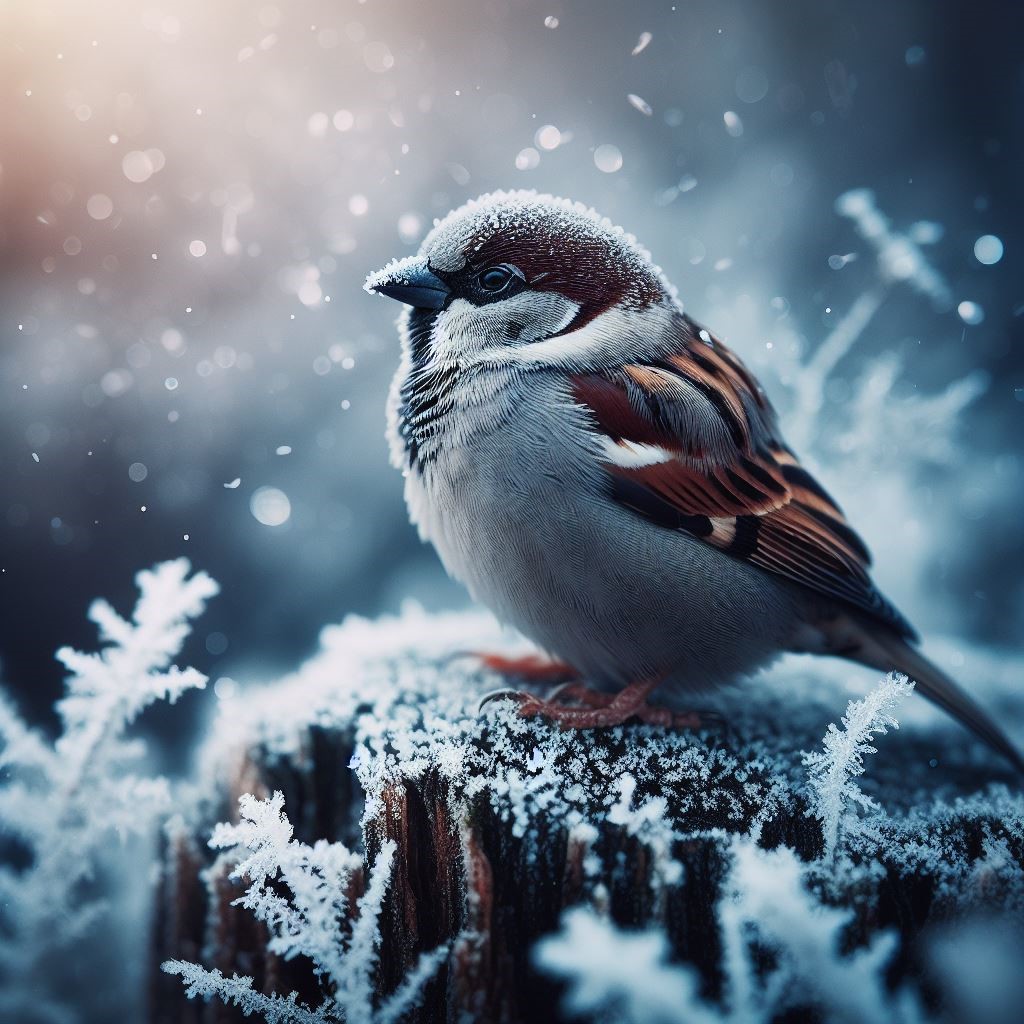Winter gardens often lack color and vitality, but with the introduction of sparrow frost black, you can transform your outdoor space into a mesmerizing oasis. In this article, we delve into the wonders of sparrow frost black, exploring its beauty, resilience, and transformative power. From its striking appearance to its ability to thrive in cold climates, sparrow frost black is a must-have addition to any winter garden.
Discover the magic of sparrow frost black for your winter garden. Learn how this unique plant can add elegance and charm to your outdoor space while surviving harsh winter conditions.

Sparrow Frost Black: A Winter Wonder
Winter gardens are notorious for their dull and dreary appearance, but sparrow frost black defies the odds with its stunning foliage and resilience to frost. This remarkable plant boasts dark, glossy leaves that shimmer in the winter sunlight, adding a touch of sophistication to any outdoor setting. Despite its delicate appearance, sparrow frost black is surprisingly hardy, making it the perfect choice for gardeners seeking to add color and texture to their winter landscape.
The Allure of Sparrow Frost Black
There’s something truly enchanting about sparrow frost black. Its deep, ebony-colored leaves create a striking contrast against the white backdrop of winter, capturing the attention of passersby and inviting them to linger a little longer in your garden. Whether planted as a standalone specimen or incorporated into a mixed border, sparrow frost black never fails to make a bold statement, infusing your outdoor space with elegance and charm.
Sparrow Frost Black: A Symbol of Resilience

Winter can be harsh, but sparrow frost black stands tall in the face of adversity. This resilient plant is well-adapted to cold climates, thriving in temperatures that would wilt lesser species. Its ability to withstand frost and snow makes it a valuable asset for gardeners in regions with harsh winters, providing much-needed color and interest when other plants are dormant. With sparrow frost black in your garden, you can enjoy year-round beauty that defies the chill of winter.
Caring for Sparrow Frost Black

Despite its hardy nature, sparrow frost black benefits from some basic care to ensure optimal growth and performance. Here are some tips for cultivating this captivating plant:
- Location: Plant sparrow frost black in a sheltered spot with well-drained soil and ample sunlight. While it can tolerate partial shade, full sun brings out the richest color in its foliage.
- Watering: Water sparrow frost black regularly, especially during dry spells, but avoid waterlogging the soil. Mulching around the base of the plant can help retain moisture and suppress weeds.
- Pruning: Prune sparrow frost black in late winter or early spring to remove any dead or damaged foliage and encourage new growth. Use sharp, clean tools to make precise cuts and promote healthy development.
- Fertilizing: Apply a balanced fertilizer in spring to provide sparrow frost black with the nutrients it needs to thrive. Avoid over-fertilizing, as this can lead to excessive foliage growth at the expense of flower production.
Black sparrow sound
FAQs About Sparrow Frost Black:
- How tall does sparrow frost black grow? Sparrow frost black typically reaches a height of 12 to 18 inches, making it an ideal choice for borders and containers.
- Does sparrow frost black require special soil? While sparrow frost black prefers well-drained soil, it can adapt to a variety of soil types as long as they are not waterlogged.
- Is sparrow frost black invasive? No, sparrow frost black is not considered invasive and poses no threat to native plant species.
- Does sparrow frost black attract wildlife? Sparrow frost black is not known for attracting wildlife, as its dark foliage is less appealing to pollinators.
- Can sparrow frost black be grown indoors? While sparrow frost black is primarily grown outdoors, it can be cultivated indoors as a houseplant as long as it receives adequate sunlight.
- How often should sparrow frost black be fertilized? Sparrow frost black benefits from an annual application of balanced fertilizer in spring to promote healthy growth.
Conclusion:
In conclusion, sparrow frost black is a remarkable plant that adds beauty, resilience, and charm to winter gardens. With its striking foliage and ability to thrive in cold climates, it’s no wonder that sparrow frost black is a favorite among gardeners seeking to brighten up their outdoor space. By following the care tips outlined in this article, you can enjoy the splendor of sparrow frost black in your garden year after year.






